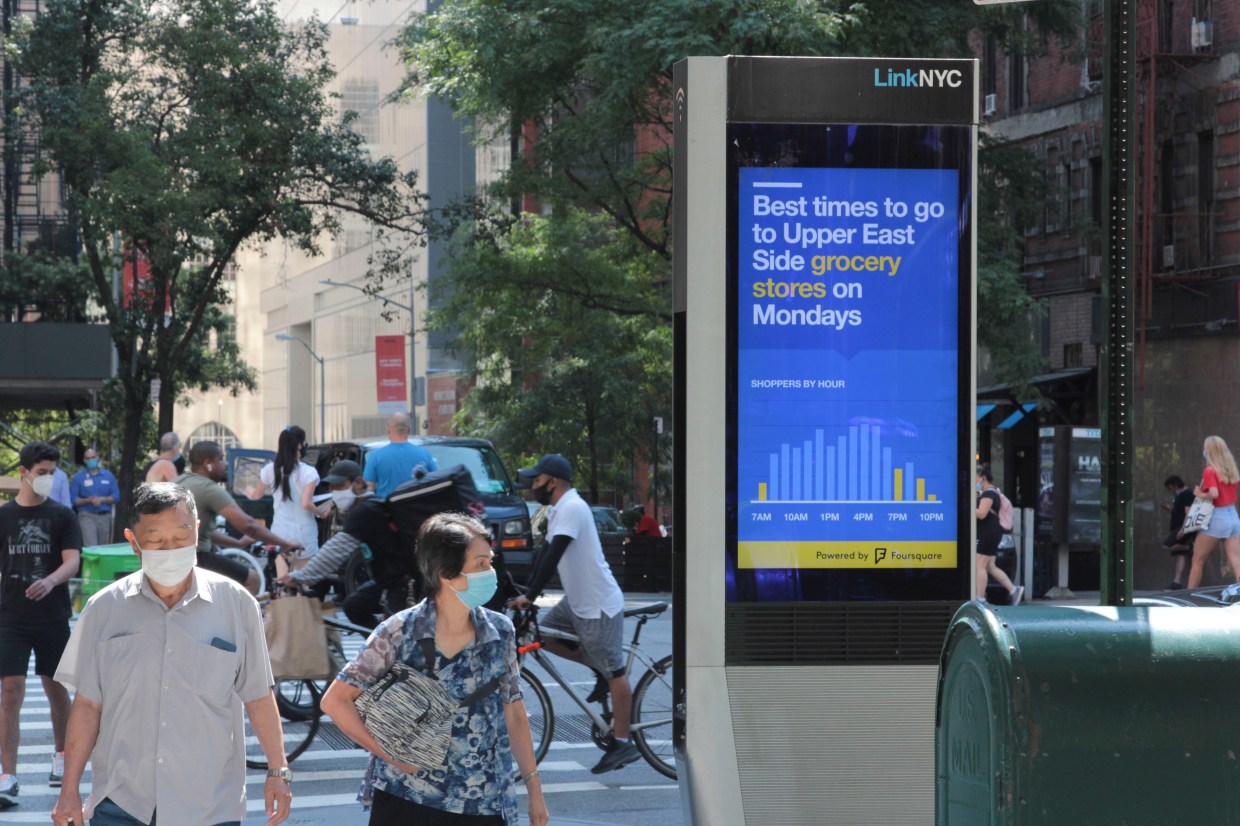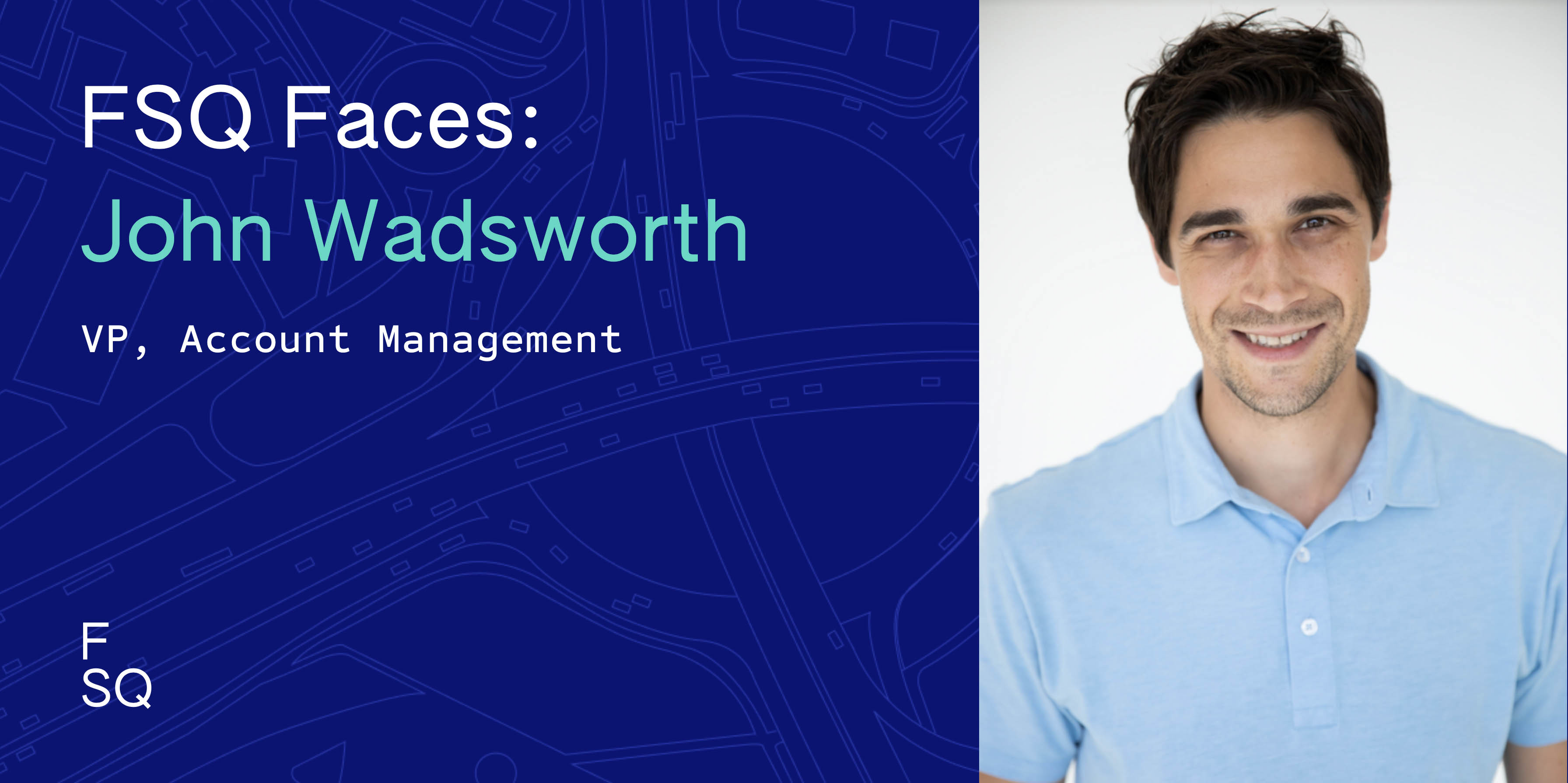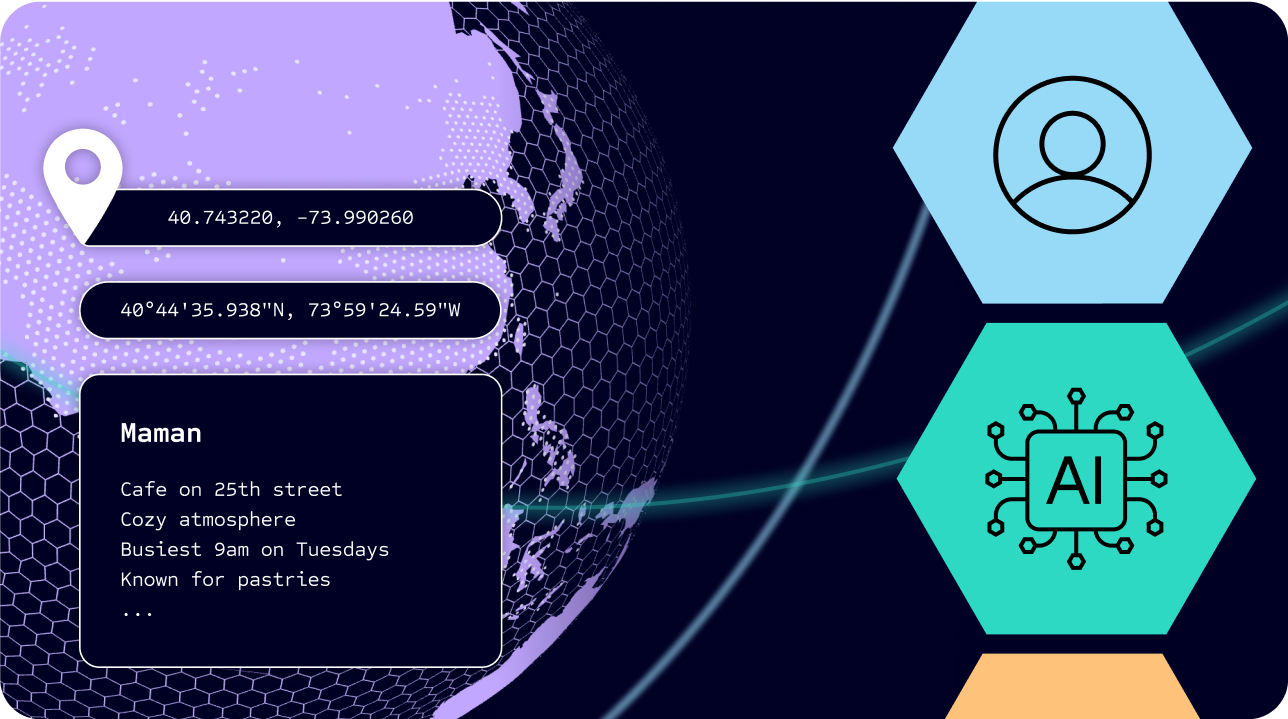When most people think of traditional retail advertising, they think of branded creative content aimed at driving people into stores. But in a year unlike any other, when social distancing and avoiding crowds have become “the new normal,” Foursquare and Intersection, a leader in smart cities media and technology, got together to think about how to leverage their platforms and flip the idea of traditional advertising on its head for the sake of public health and safety.
Instead of driving people to stores, the two companies are helping to prevent overcrowding and spread out foot traffic at essential businesses over time by using Intersection’s Link out-of-home (OOH) digital kiosks and Foursquare’s location data to inform shoppers about the busiest times at pharmacies and grocery stores.
This campaign, in addition to an in-depth discussion about how COVID-19 has impacted the advertising landscape, is the subject of an upcoming panel at SXSW on Tuesday, March 16. Foursquare’s CRO, Rob Jonas and Intersection’s CMO, Esther Raphael sit down with AdAge’s Associate Creativity Editor, I-Hsien Sherwood, to discuss when ‘go away’ can actually be a powerful brand message. (To register for the panel, click the link at the end of this article)
Foursquare and Intersection have worked together since 2017 to deliver location-based OOH content on Link kiosks to help people explore the real world and make cities easier to use by highlighting nearby local attractions and points of interest. This partnership was born out of the shared mission of enriching daily life in cities by connecting the digital and physical worlds.
But in early 2020, as consumers stocked up on goods in preparation for an uncertain future, overcrowding became an issue at essential businesses. Intersection and Foursquare got together to think about how they could leverage their platforms for social good.
The result was the “Best times to…” campaign, which is currently running on Link kiosks across New York City and Philadelphia. The campaign creatively highlights neighborhood specific foot-traffic data by running the average hourly foot traffic levels for nearby grocery stores and drugstores, giving consumers a heads up on the best time to shop to avoid crowds. Less crowded hours (hours when traffic to grocery stores and pharmacies is at or below 25% of the weekly maximum) are highlighted for the surrounding neighborhood, and the display updates every night at midnight to highlight the next day’s data.

By displaying Foursquare’s aggregated location-based visit data on Intersection’s large-format digital screens, the two companies are aiming to discourage visits during the busiest times, and ultimately keep shoppers safe.
Click here for details about the Foursquare/Intersection panel at this year’s SXSW. Participants can follow along and join the conversation by using the hashtag #CrowdBalancing2021.
Interested in learning more about how Foursquare’s location data can bring insights to consumer behaviors during COVID-19? Reach out to Foursquare.



